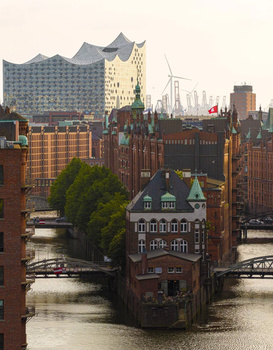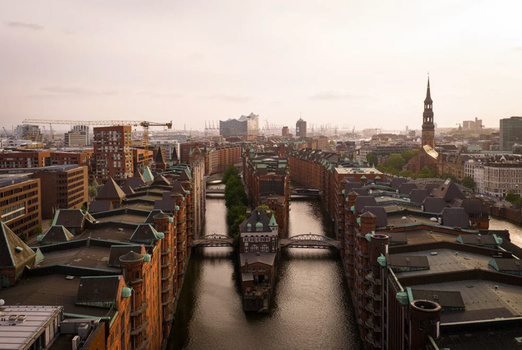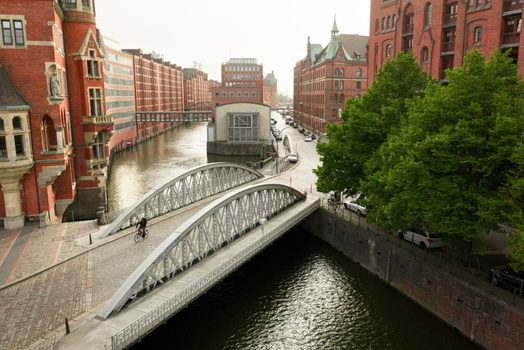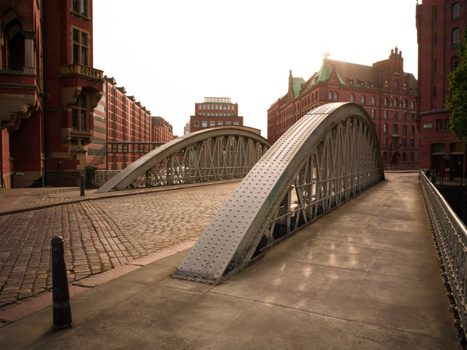Contents
- 1 DJI Mavic 4 Pro in a Photographer’s Hands
- 2 Setup and Handling: Faster Than Ever
- 3 Flight Performance: Stability in Demanding Conditions
- 4 Safety: A New Level of Confidence
- 5 Controller Experience: Designed With Photographers in Mind
- 6 Image Quality: Three Cameras, Surprising Performance
- 7 How It Compares
- 8 Conclusion: The Best Drone for Serious Photographers?
The DJI Mavic 4 Pro promises speed, safety, and image quality that rivals ground-based cameras. After real-world testing in demanding conditions, I discovered where this flagship drone excels and where it still leaves room for improvement.
DJI Mavic 4 Pro in a Photographer’s Hands
Is DJI’s newest release truly an upgrade for serious photographers, or just another round of flashy video features? My aerial workflow needs to be efficient, reliable, and capable of standing alongside files from the Hasselblad X2D 100C. The Mavic 4 Pro was tested with exactly that benchmark in mind.
This article is based on my field use and supported by a detailed YouTube video featuring sample images, comparisons, and behind-the-scenes footage.
Setup and Handling: Faster Than Ever
DJI has streamlined the preflight process. The drone powers on automatically when unfolding the right rear leg, while the RC Pro 2 controller activates as soon as the display is flipped open. Fixed control sticks eliminate preflight fumbling. From case to sky in roughly 20 seconds, you’re airborne, no GPS signal required.
Charging is equally efficient. The 240-watt Creator Combo charger replenishes three batteries in about 90 minutes and powers the controller simultaneously. With SSD storage onboard, images transfer at up to 650 MB/s via USB-C. Files can even be pulled wirelessly for 12 hours post-flight through the DJI Fly app.
For professionals covering multiple locations per day, this isn’t just convenience—it’s time saved on every shoot.
Rating (Setup and Handling): 4/5
Elbphilharmonie in the evening with the Hamburg harbor as a reflection
Flight Performance: Stability in Demanding Conditions
In coastal winds around 20 km/h, the Mavic 4 Pro held its position with precision, even between buildings and in turbulent gusts. Long exposures of up to one second remained sharp, even at 166 mm telephoto—a genuinely impressive feat.
Battery life averages 35 minutes per pack with active shooting, landing at around 25% reserve. While shy of DJI’s claimed 51 minutes, it’s still more than sufficient for typical photo sessions.
The takeaway: rock-solid stability, responsive handling, and dependable endurance.
Rating (Flight Performance): 4/5

Hamburg mirror house at dawn
Safety: A New Level of Confidence
Flying drones worth thousands always brings safety concerns, but the Mavic 4 Pro introduces features that inspire trust. During one test, I lost signal near a steel crane, an area where I had once lost a Mavic 1 permanently. This time, the Mavic 4 Pro automatically scanned, calculated a safe return route, and displayed it in augmented reality before navigating home flawlessly.
Its 360° obstacle avoidance is equally impressive. Unlike older models, it doesn’t brake abruptly—it smoothly avoids hazards, even indoors or in tight urban spaces. For photographers concentrating on framing, this allows more creative freedom without sacrificing security.
Rating (Safety): 5/5

Westfield shopping center with Hamburg skyline
Controller Experience: Designed With Photographers in Mind
The RC Pro 2 controller is more than just an accessory—it transforms usability. A 7-inch tilting display with 1,600 nits brightness makes composition possible even in direct sunlight. The tactile control wheel lets you quickly adjust shutter speed, aperture, ISO, and compensation without navigating menus.
Lens switching can be assigned to a joystick button, ideal for gloved operation in winter. The controller even auto-rotates to portrait format, though the gimbal range is limited when vertical (-11° to 0°). Landscape orientation remains far more versatile (-90° to +70°).
It’s large and heavy, but for professional workflows, the gains in speed and comfort are undeniable.
Rating (Controls & Navigation): 4/5
Image Quality: Three Cameras, Surprising Performance
At the core of this drone are three lenses that deliver a genuine upgrade over previous generations.
- 168 mm Telephoto: Best results in 12.5 MP mode at ISO 100–400. Sharp, detailed, and consistent—even at higher ISOs with Lightroom AI Denoise.
- 70 mm Telephoto: Similarly strong at 12 MP, with usable results up to ISO 3200.
- 28 mm Wide Angle: The most flexible option, producing excellent files at 25 MP. High-res 100 MP mode offers little real-world gain while ballooning file sizes.
Colors are consistent across all focal lengths thanks to Hasselblad Natural Colour Solution (HNCS). A slight cast shift (green in wide, magenta in tele) is easily corrected.
In studio comparisons, RAWs showed:
- Wide dynamic range with natural highlight recovery
- Manageable, uniform noise
- Vibrant but balanced color output
While it can’t match the Hasselblad X2D for detail or tonal depth, the Mavic 4 Pro integrates seamlessly into a professional workflow.
How It Compares
- Against the Mavic 2 Pro (2018): The difference is night and day, with the older drone looking soft and flat by comparison.
- Against the Mini 3 Pro (2022): Impressive for its size, but clearly behind in low light and detail.
- Against the Hasselblad X2D: The 100 MP drone files are more marketing than reality, but the Mavic 4 Pro complements ground-based medium format work beautifully, offering perspectives no camera on a tripod could match.

DJI Hasselblad Store Westfield Shopping Center Hamburg
Conclusion: The Best Drone for Serious Photographers?
With an overall score of 26/30 points (87%), the DJI Mavic 4 Pro Creator Combo delivers one of the most complete aerial photography packages available:
- Three strong cameras with practical focal lengths
- Reliable safety and obstacle avoidance
- Professional-grade controller with smart ergonomics
- Solid flight stability, even in tough conditions
It won’t replace medium format systems, but it expands your creative options with high-quality aerial perspectives. For photographers looking to elevate their portfolio with drone work, this is as close to the perfect balance of power, safety, and image quality as you can get today.






